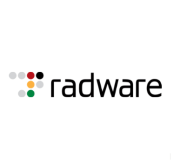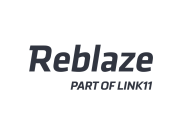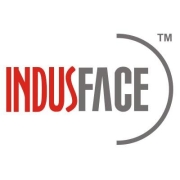Bot Management involves detecting and managing automated traffic to protect websites and apps from malicious activities such as fraud or data scraping. It ensures that digital properties are safeguarded against unauthorized access and misuse.
Bot Management solutions provide organizations with tools to differentiate between human and automated traffic. These solutions use machine learning algorithms and behavioral analysis to identify and mitigate risks associated with bots. They help optimize website performance and enhance user experience by blocking harmful bot actions while allowing legitimate traffic. By implementing robust strategies, businesses can protect digital assets and deliver a secure environment for users.
What are the critical features of Bot Management solutions?In e-commerce, Bot Management prevents price scraping and inventory hoarding, protecting revenue. In the finance sector, it stops automated attacks on login portals. Media companies use it to guard against content theft, ensuring subscriber value. Education platforms prevent cheating by monitoring bot activities.
Bot Management is crucial for keeping digital environments safe and functional. It allows organizations to efficiently manage traffic, ensuring genuine users experience uninterrupted service while protecting sensitive information from automated threats.





















Bot management refers to the process of detecting, mitigating, and controlling the activities of automated software applications, commonly known as bots, on the internet. They are used for various purposes, ranging from legitimate and beneficial activities such as web indexing by search engines to malicious activities such as web scraping, account takeover, and content spamming.
In essence, bot management aims to distinguish between the good bots and the bad ones and enforce policies and measures to manage their behavior. This involves implementing techniques and technologies to identify and classify bots, understand their intent, and take appropriate actions based on that information.
Bots are software applications that automate tasks and perform actions on the internet. They are created to serve various purposes, ranging from legitimate and beneficial uses to malicious activities.
Search engines like Google, Bing, and others employ web crawlers (also known as spiders or bots) to discover and index web pages. These bots visit websites, analyze their content, and store relevant information to build searchable indexes. Many companies use chatbots to provide automated customer service and support. They can answer frequently asked questions, assist with basic inquiries, and guide users through simple tasks.
Some bots are used on social media platforms to automate tasks such as posting content, scheduling updates, responding to messages and comments. Some are designed for legitimate social media management, while others engage in spamming or spreading fake news. Bots can be used in e-commerce for various purposes. For example, they can automate price comparisons, track inventory levels, monitor competitors' prices, and facilitate the process of purchasing limited-supply items.
Some bots can aggregate and collect data from different sources to create comprehensive databases or provide personalized content recommendations. News aggregators, for instance, use them to collect news articles from various publications and present them in a centralized platform. Virtual assistants like Amazon's Alexa, Apple's Siri, Google Assistant, and Microsoft's Cortana are also powered by bots.
Bot Management can significantly enhance your website's performance by filtering out malicious bot traffic and ensuring that only legitimate users access your site. This reduction in unwanted traffic frees up server resources, resulting in faster load times and a better user experience. By identifying and blocking harmful bots, you protect against data breaches and reduce the risk of server overloads that can lead to downtime.
What are some common signs that my website needs Bot Management?If you notice unusual traffic spikes, increased server load, or a high bounce rate with irregular patterns, it may indicate bot activity. Malicious bots often target websites to conduct various attacks such as scraping, credential stuffing, or DDoS attacks. Implementing a Bot Management solution helps identify and mitigate these threats to maintain the integrity and performance of your site.
How does Bot Management enhance security measures?Bot Management strengthens your security framework by distinguishing between human and bot traffic. It uses advanced techniques such as behavioral analysis, machine learning, and IP reputation assessments to pinpoint and block malicious bots. This proactive approach safeguards sensitive user data, prevents unauthorized access, and maintains the integrity of your online environment.
What features should I look for in a Bot Management solution?When selecting a Bot Management solution, look for features like real-time monitoring, comprehensive reporting, and machine learning capabilities. It should offer flexible deployment options to suit your infrastructure and include advanced threat intelligence to keep up with evolving bot tactics. User-friendly configuration and seamless integration with your existing security systems are also essential for efficient management.
Why is Bot Management essential for e-commerce businesses?For e-commerce businesses, Bot Management is crucial due to the growing volume of sophisticated bot attacks aimed at stealing sensitive customer information, performing price scraping, or executing fraudulent transactions. By implementing a robust Bot Management strategy, you ensure secure transactions, protect customer data, and maintain your brand's reputation, ultimately fostering customer trust and loyalty.